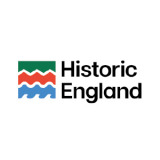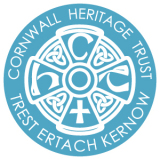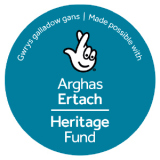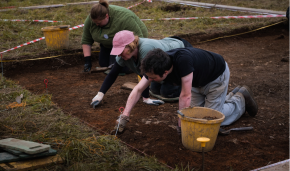The Castilly Henge dig has been progressing steadily, and it’s not just the archaeology that’s making an impact. Alongside careful excavation, the site has become a lively space for education and engagement.

Three deep trenches have now been opened. The third extends into an area identified by the geophysical survey as having potential for finds or earthwork features. The main central trench was being carefully mapped, with every stone at this level recorded in hopes of revealing patterns or clues.
Speaking with one of the volunteers, I learned how each stone was marked using a quadrant, a simple grid that helps clarify stone alignments, densities, and distributions. These patterns could hold vital clues: the age of the features, where the stones were brought in from, or what natural and human forces had enacted upon them.

As the archaeologists paused for their morning tea break, Caroline Davey, Cornwall Heritage Trust’s Education and Outreach Manager, led a workshop for pupils from a local school. From the outset, the children were encouraged to think like archaeologists, using observation, deduction, and curiosity to make sense of their surroundings. After a brief introduction to the role of archaeologists, the time period being explored, and the types of artefacts that might be found, the pupils had plenty of questions, each one sparking more interest than the last.
Caroline then guided them onto the excavation site itself to see the trenches and learn about the ongoing work. They explored the sieving process, saw how soil was sorted, and got a close-up look at what can emerge from the earth after centuries.

The children brought a fresh perspective and sense of excitement to a process that’s often slow and methodical. This kind of engagement not only connects people with place, as was mentioned in last week’s update, but also gives pupils a rare opportunity to learn in an active, hands-on environment. Away from the classroom, they were able to exercise their imagination and be more inspired by the environment in which they were learning.
On returning to the learning area, the pupils were given an archaeology workbook and guided through the finds process with the use of artefacts from a handling box. The children then put their brains to use in working out what the objects were and what period they came from.
At the same time, local artist Robin Sullivan led a creative workshop that combined art and archaeology. Children collected flora from spaces around the site and used it to inspire artworks. This art and archaeology workshop encouraged pupils to draw inspiration from features and plants in the Henge’s surroundings. Robin will then be going into these and other schools that have done the on-site workshop to create model standing stones featuring the designs produced by the pupils.

These dual workshops, Robin’s art and Caroline’s archaeology, offered a well-rounded creative approach to understanding the site. By engaging both scientific reasoning and artistic expression, children were able to explore which lens helped them best connect with Castilly.
Workshops like these are essential, not just for this project, but for the future of historic preservation across Cornwall and beyond. They provide children with the tools to access and understand these sites. This is invaluable as it empowers the next generation to engage with them and take ownership of their protection.
With just over a week and a half left to dig, the pace was picking up. I hadn’t yet seen a sieve left idle or a wheelbarrow at rest, apart from during tea breaks, of course! Despite the bags of soil moved and the thousands of stones sifted daily, there remained plenty still hidden beneath the surface. But each day, we get a little closer to unearthing the rich history of Castilly.
This excavation is funded and directed by Historic England, with volunteering and outreach made possible through a £42,990 grant to CAS from The National Lottery Heritage Fund and a £10,000 grant from Historic England.
Over the next few weeks, we’ve got a packed programme of outreach activities, tours, and workshops planned to get local people involved in the project. We’ll wrap things up with a celebration and a public open day which is taking place on Saturday 11th October.
This project is a collaboration between…








